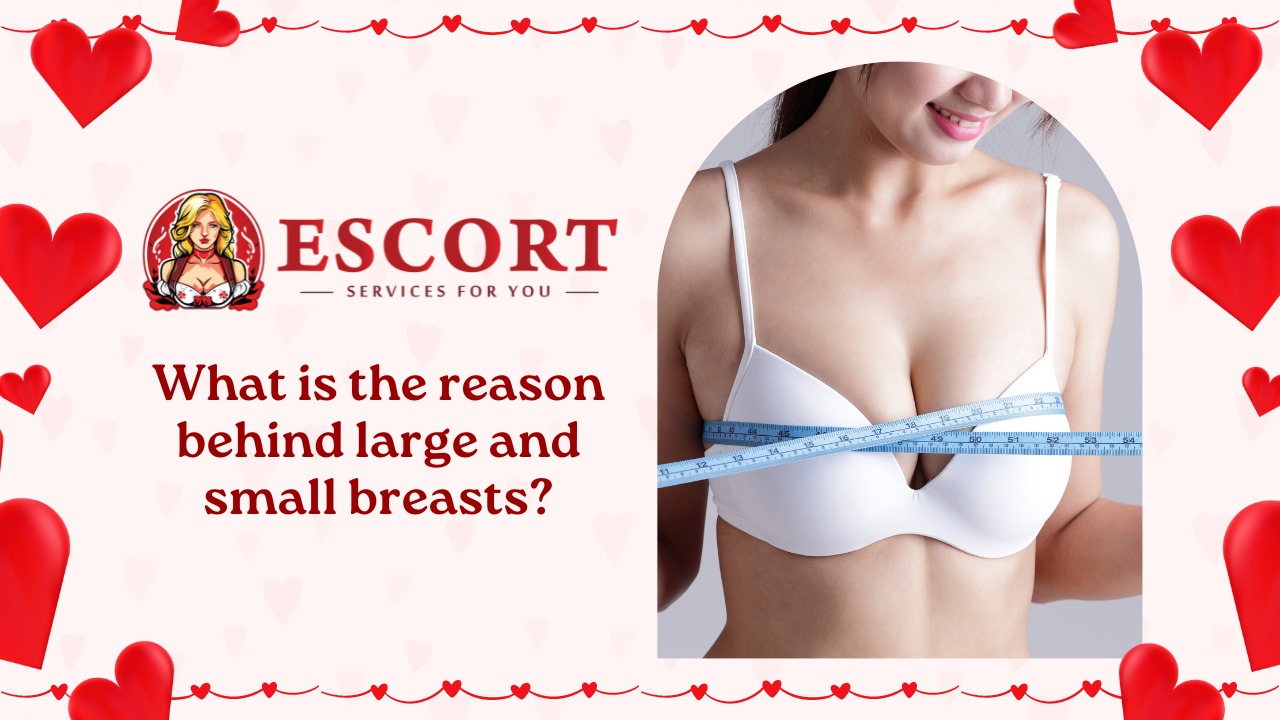Introduction to breast size and its variations
Welcome to the intriguing world of breast sizes – a topic that has fascinated and captivated minds for ages. From small and perky to large and voluptuous, breasts come in all shapes and sizes, each unique in its own way. But have you ever wondered what actually determines whether someone ends up with larger or smaller breasts? Let’s dive into the factors behind these variations and uncover the mysteries surrounding breast size!
Factors that determine breast size
When it comes to breast size, there are various factors at play that determine the natural variation in sizes among individuals. Genetics play a significant role in determining the size of breasts a person may have. Your DNA can influence the development of breast tissue and ultimately impact their size.
Hormonal changes also play a crucial part in breast development. During puberty, pregnancy, or menopause, fluctuations in hormone levels can lead to changes in breast size and shape.
Additionally, diet and exercise can affect breast size to some extent. A healthy lifestyle with proper nutrition and regular physical activity may help maintain overall body weight which could impact breast size.
Medical conditions like hormonal imbalances or certain medications can also contribute to changes in breast size. It’s essential to consult with healthcare professionals if you notice any sudden alterations.
Embracing the natural variations in breast sizes is important for promoting body positivity and self-acceptance.
Genetic factors and their influence on breast size
When it comes to the size of breasts, genetic factors play a significant role. Our genes determine various aspects of our physical appearance, including breast size. Genetics can influence not only the overall size but also the shape and density of breasts.
It’s important to note that breast size is inherited from both parents, so looking at your family history can give you an idea of what to expect. Some families may have a tendency towards larger or smaller breasts based on their genetic makeup.
While genetics play a major part in determining breast size, it’s essential to remember that there is natural variation among individuals. Embracing these differences is key to promoting body positivity and self-acceptance.
Understanding the role genetics play in breast size can help debunk myths and unrealistic expectations surrounding this topic. Each person’s body is unique, shaped by a combination of genetic factors that make them who they are – beautiful in their own way.
Hormonal changes and their impact on breast size
Hormones play a significant role in determining breast size, as fluctuations in hormone levels can lead to changes in breast tissue. During puberty, estrogen is responsible for the development of breast buds and the growth of mammary glands, influencing overall breast size.
Pregnancy is another time when hormonal shifts occur, causing breasts to enlarge in preparation for lactation. The surge of hormones like progesterone and prolactin during pregnancy stimulates milk production and can result in temporary changes in breast size.
Menopause brings about a decrease in estrogen levels, leading to a loss of glandular tissue and elasticity in the breasts. This hormonal shift often results in a reduction in breast size and firmness for many women.
Understanding how hormonal changes impact breast size helps individuals appreciate the natural fluctuations that occur throughout life.
The role of diet and exercise in breast size
Maintaining a balanced diet and staying active through exercise can contribute to overall health and well-being, including the appearance of breasts. A diet rich in nutrients like protein, vitamins, and minerals can help support breast tissue growth and development. Additionally, regular exercise that focuses on chest muscles can enhance the underlying support structure of the breasts.
While diet and exercise may not directly change breast size drastically, they can help improve muscle tone and posture which may affect how your breasts appear. It’s important to remember that genetics play a significant role in determining breast size, but healthy lifestyle choices can have a positive impact on overall body composition.
Incorporating foods that promote skin elasticity, such as fruits and vegetables high in antioxidants, along with strength-training exercises for the chest area, can contribute to maintaining firmness and perkiness in your breasts. Remember to consult with a healthcare professional before making any significant changes to your diet or exercise routine.
Medical conditions that can affect breast size
When it comes to breast size, there are various medical conditions that can have an impact. One common condition is called fibrocystic breast changes, which can cause breasts to feel lumpy or tender. Another condition is gynecomastia, where men may experience swelling in their breast tissue due to hormonal imbalances.
On the other hand, certain medications like hormonal therapies or birth control pills can also affect breast size. Additionally, polycystic ovary syndrome (PCOS) is a hormonal disorder that can lead to changes in breast size among other symptoms.
Breast cancer and benign tumors can also influence breast size. While weight fluctuations and aging can alter the appearance of breasts over time, it’s essential to consult with a healthcare provider if you notice any sudden or concerning changes in your breast size for proper evaluation and management.
Cultural perceptions and societal pressures surrounding breast size
In various cultures, perceptions of breast size can differ significantly. Some societies value larger breasts as a symbol of femininity and beauty, while others appreciate smaller sizes for their elegance and sophistication. These divergent views can lead to societal pressures on individuals to conform to certain standards of beauty.
Media portrayal often amplifies these cultural norms, promoting unrealistic ideals that many women feel compelled to meet. This constant exposure can create insecurities and self-doubt among those who do not fit the perceived ideal breast size.
Conversations around body positivity have started challenging these narrow beauty standards, advocating for embracing natural variations in breast size. It is essential to recognize that there is no one-size-fits-all definition of beauty; diversity should be celebrated rather than stigmatized.
By fostering a more inclusive and accepting environment, we can help individuals feel comfortable in their own skin regardless of their breast size.
Conclusion: Embracing natural variations and promoting body positivity
Embracing natural variations and promoting body positivity is essential in today’s society. It’s crucial to understand that breast size is determined by a combination of genetic, hormonal, dietary, and lifestyle factors. Whether you have large or small breasts, it’s important to celebrate your unique body and feel confident in your skin.
Instead of succumbing to societal pressures or unrealistic beauty standards, we should focus on self-acceptance and embracing the diversity of body shapes and sizes. By promoting body positivity, we can create a more inclusive environment where everyone feels comfortable in their own skin.
Remember that beauty comes in all shapes and sizes. Let’s support each other in celebrating our differences and promoting a culture of acceptance and self-love. Embrace your natural variations, be proud of who you are, and spread positivity wherever you go.




